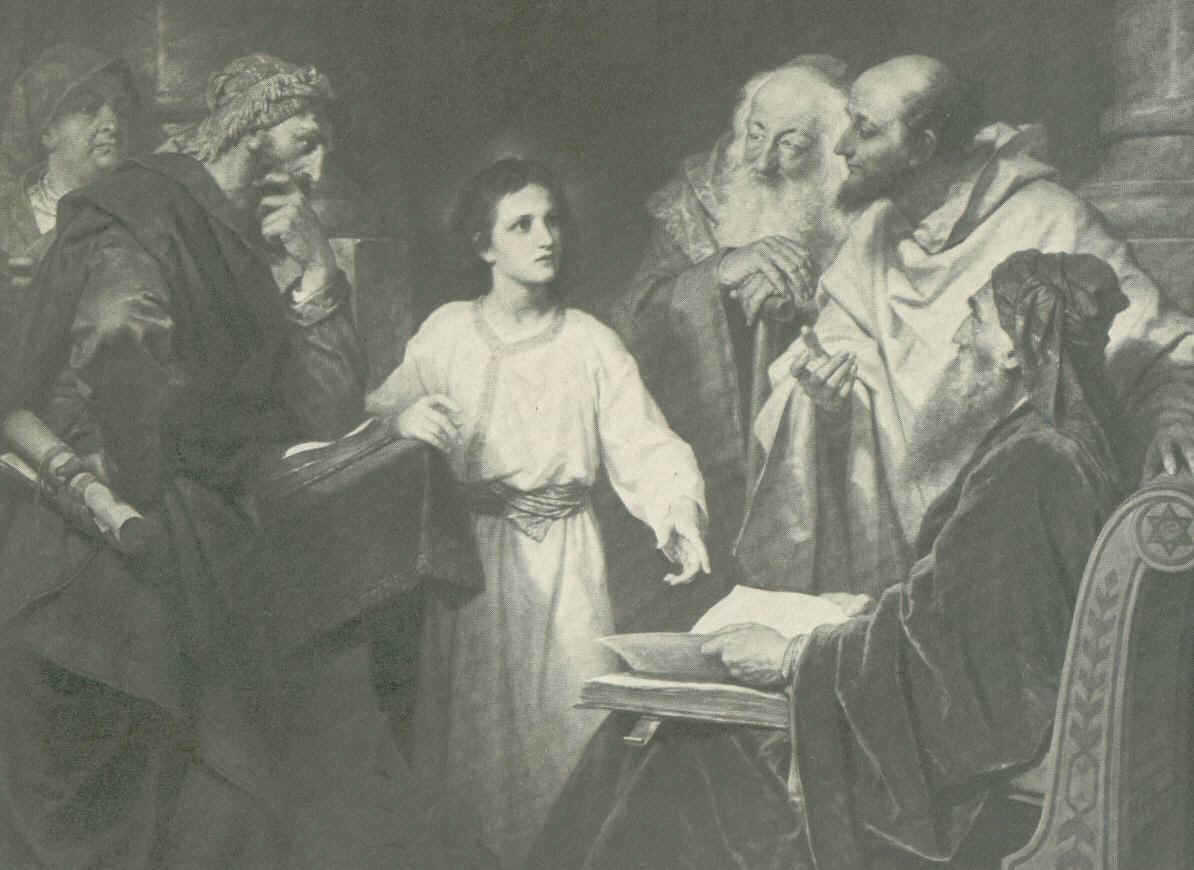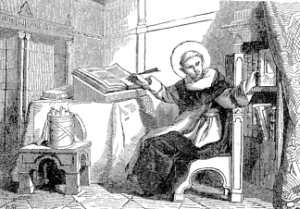An urgent caution concerning the too-casual use of the term “second marriage”
Recently some popular articles have appeared pointing out that in the ancient Church “second marriages” were allowed. These articles quote, for example, Canon 8 of the Council of Nicaea:
“As for [certain rigorists seeking full communion] if they should wish to enter the catholic Church, this holy and great council establishes . . . before all else that they should declare openly, in writing, that they accept and follow the teachings of the catholic Church: and that is that they will enter into communion both with those who have gone on to second marriages and with those who have lapsed in the persecutions, for whom the time and circumstances of penance have been established…” (emp. add.)
These passages are being offered as evidence, perhaps even as proof, that ecclesiastical authority once countenanced divorce and remarriage; incredibly, however, there is no mention that a very different interpretation may be applied to the ancient phrase “second marriage”. Here’s how.
Among the controversies swirling in the early Church (yes, controversies swirling in the Catholic Church are nothing new), one particularly troublesome row concerned the correct attitude toward those who, after the death of a spouse, went on to a second marriage. Living, as we do, in an age when the possibility (even the good sense) of some widow/ers remarrying is taken for granted, it is hard for us to understand how meanly “second marriage” was scorned in certain times past. But scorned it was.
Second marriage was dismissed by some as akin to ‘posthumous adultery’ against a deceased spouse; it was taken as evidence of one’s subjection to unbridled lust; and it appeared to some to contravene the Christo-ecclesial unity to be mirrored in Christian marriage. Even some we now call saints (Jerome comes to mind) railed against “second marriages”. Unfortunately, in the hands of Christians less learned than Jerome (who always bent his irascible will to the teaching of the Church), these claims justified the shunning of Catholics in second, post-widowhood, marriages in terms indistinguishable from those living in second, adulterous, liaisons. But treating these two types of “second marriages” as morally identical was manifestly unjust.
Eventually the truth that death (and only death) brings about the end of consummated Christian marriage, and that once a marriage was ended by death the survivor had the right to enter a second marriage, won out, as it should have, and those repudiating this truth of natural law and the Christian religion had to declare acceptance of it as a condition for full communion. As time passed, fewer and fewer converts contested this kind of second marriage, and the need for a formal declaration of acceptance disappeared over time.
But the lesson for us moderns is, I hope, clear: phrases plucked from ancient documents, phrases such as “second marriage”, do not necessarily carry the same connotations today that they enjoyed in times past. Caution in reading them, and in reaching conclusions of law based on them, is therefore strongly advised.
A further thought, if I may: Some disputes can echo long in the Church’s memory. As late as the early twentieth century, canon law still felt the need to uphold expressly the validity and liceity of “second marriages”, meaning, of course, marriages subsequent to widow/erhood (1917 CIC 1142). Indeed, the very first footnote to that Pio-Benedictine norm directs one to the passage in Gratian’s Concordantia (c. 13, C. XXVII, q. 2) wherein Gratian, following Jerome in drawing on Romans VII: 2, distinguished between second marriages following death of the first spouse and second marriages in plain adultery, defending the first and condemning the latter. Only in dicta (non-normative assertions made in some canons) did the 1917 Code so much as opine that “chaste widowhood is more honorable” than second marriage.
There being no question today that widow/ers could marry again, this older norm was not carried into the 1983 Code. As a result, though, some today are liable to associate the phrase “second marriage” with that which follows a divorce and not with that which follows a death. Informed Christians should avoid such errors. +++



Comments are closed.